Hello everyone,
I purchased a diamond earlier this year with an AGS certificate. It is a 1.24ct D colored IF type IIa diamond.
I told the vendor that I would like it to have no fluorescence and the AGS certificate shows "negligible". When I showed the certificate to a family friend, they told me they had never heard of AGS which prompted me to obtain a certification by GIA. GIA returned nearly identical results as the AGS certificate but the fluorescence was deemed "faint".
My question for my fellow forum members is if it is characteristic for type IIa diamonds to show some fluorescence. I looked around and was told that negligible fluorescence from the AGS could mean none, very faint, or faint. Does this mean that in daylight and room light, it would be impossible to see the difference between two identical diamonds differing only in fluorescence (faint vs none)?
Thank you,
Stephen
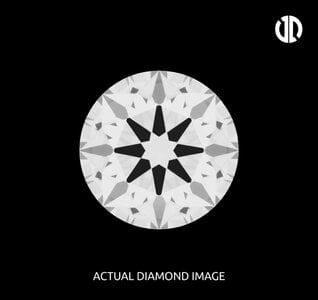
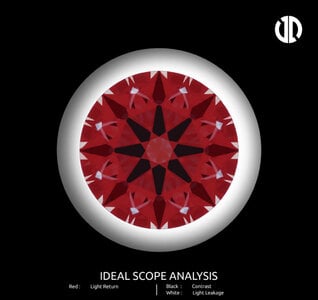
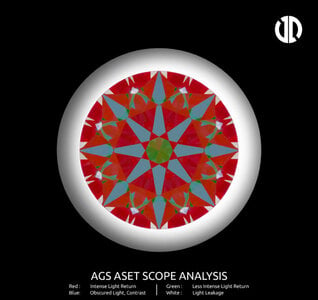
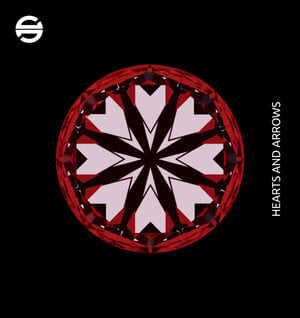
I purchased a diamond earlier this year with an AGS certificate. It is a 1.24ct D colored IF type IIa diamond.
I told the vendor that I would like it to have no fluorescence and the AGS certificate shows "negligible". When I showed the certificate to a family friend, they told me they had never heard of AGS which prompted me to obtain a certification by GIA. GIA returned nearly identical results as the AGS certificate but the fluorescence was deemed "faint".
My question for my fellow forum members is if it is characteristic for type IIa diamonds to show some fluorescence. I looked around and was told that negligible fluorescence from the AGS could mean none, very faint, or faint. Does this mean that in daylight and room light, it would be impossible to see the difference between two identical diamonds differing only in fluorescence (faint vs none)?
Thank you,
Stephen









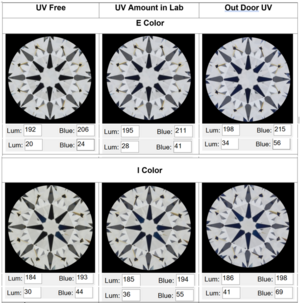
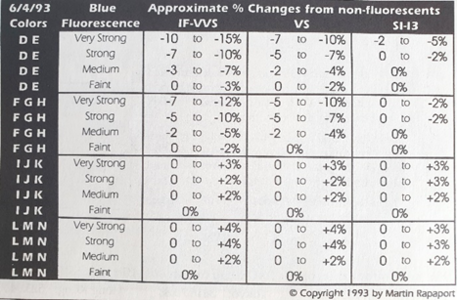
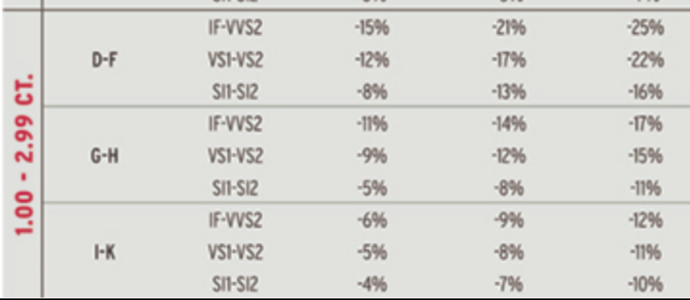
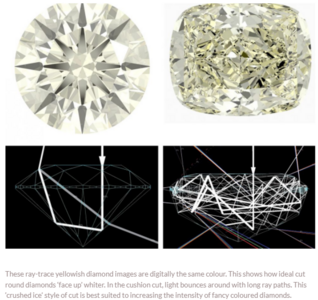


300x240.png)